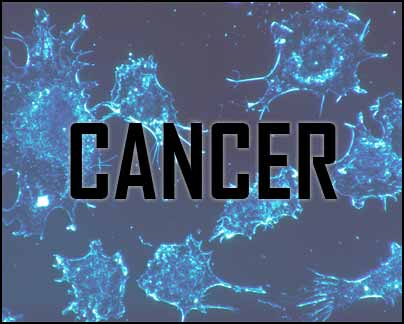- Home
- Editorial
- News
- Practice Guidelines
- Anesthesiology Guidelines
- Cancer Guidelines
- Cardiac Sciences Guidelines
- Critical Care Guidelines
- Dentistry Guidelines
- Dermatology Guidelines
- Diabetes and Endo Guidelines
- Diagnostics Guidelines
- ENT Guidelines
- Featured Practice Guidelines
- Gastroenterology Guidelines
- Geriatrics Guidelines
- Medicine Guidelines
- Nephrology Guidelines
- Neurosciences Guidelines
- Obs and Gynae Guidelines
- Ophthalmology Guidelines
- Orthopaedics Guidelines
- Paediatrics Guidelines
- Psychiatry Guidelines
- Pulmonology Guidelines
- Radiology Guidelines
- Surgery Guidelines
- Urology Guidelines
High tech scans could spare cancer patients from intensive chemotherapy

London : Researchers have found that high-tech scans can spare patients suffering from cancer of the lymphatic system of the serious side effects of chemotherapy as well as predict the outcome of treatment.
In the study, using positron emission tomography (PET) a type of imaging test that uses a tiny amount of radioactive glucose to look for disease in the body the doctors scanned more than 1,200 patients with advanced Hodgkin lymphoma after they had been given two cycles of standard chemotherapy.
Hodgkin lymphoma is a cancer that starts in white blood cells called lymphocytes.
"Personalising treatment based on how well it works is a major development for patients with Hodgkin lymphoma and sets a new standard of care," said Peter Johnson, Professor at University of Southampton in Britain.
The patients were divided into two groups the first group that continued chemotherapy with bleomycin an important drug used to treat Hodgkin lymphoma and the second group had chemotherapy without the drug.
Bleomycin comes with potential risks of severely affecting the lungs leading to serious breathing problems.
The results showed that patients who stopped having bleomycin had the same survival rates as those who continued it. But, importantly, they were spared of the side effects.
"The good news is that the majority of people diagnosed with Hodgkin lymphoma can be cured in this trial more than 95 per cent of patients are alive after three years," Johnson added.
Three year progression-free survival was seen in patients who underwent chemotherapy without bleomycin was 84.4 per cent.
Further, 85.7 per cent patients who underwent chemotherapy with bleomycin had three-year progression-free survival
For patients with a good outlook stopping bleomycin did not have any negative effects.
However, patients who had a more resistant form of the disease were given more intense chemotherapy treatment, the study said.
"Getting to know the patients that have a more difficult form of the disease means we can select those who need stronger chemotherapy, while sparing everyone else the severe side effects such as infertility," Johnson said in the study published in the New England Journal of Medicine.
"This approach, along with a reduction in the need for radiotherapy, should substantially reduce damage to healthy tissues and the risk of second cancers caused by treatments," he concluded.

Disclaimer: This site is primarily intended for healthcare professionals. Any content/information on this website does not replace the advice of medical and/or health professionals and should not be construed as medical/diagnostic advice/endorsement or prescription. Use of this site is subject to our terms of use, privacy policy, advertisement policy. © 2020 Minerva Medical Treatment Pvt Ltd